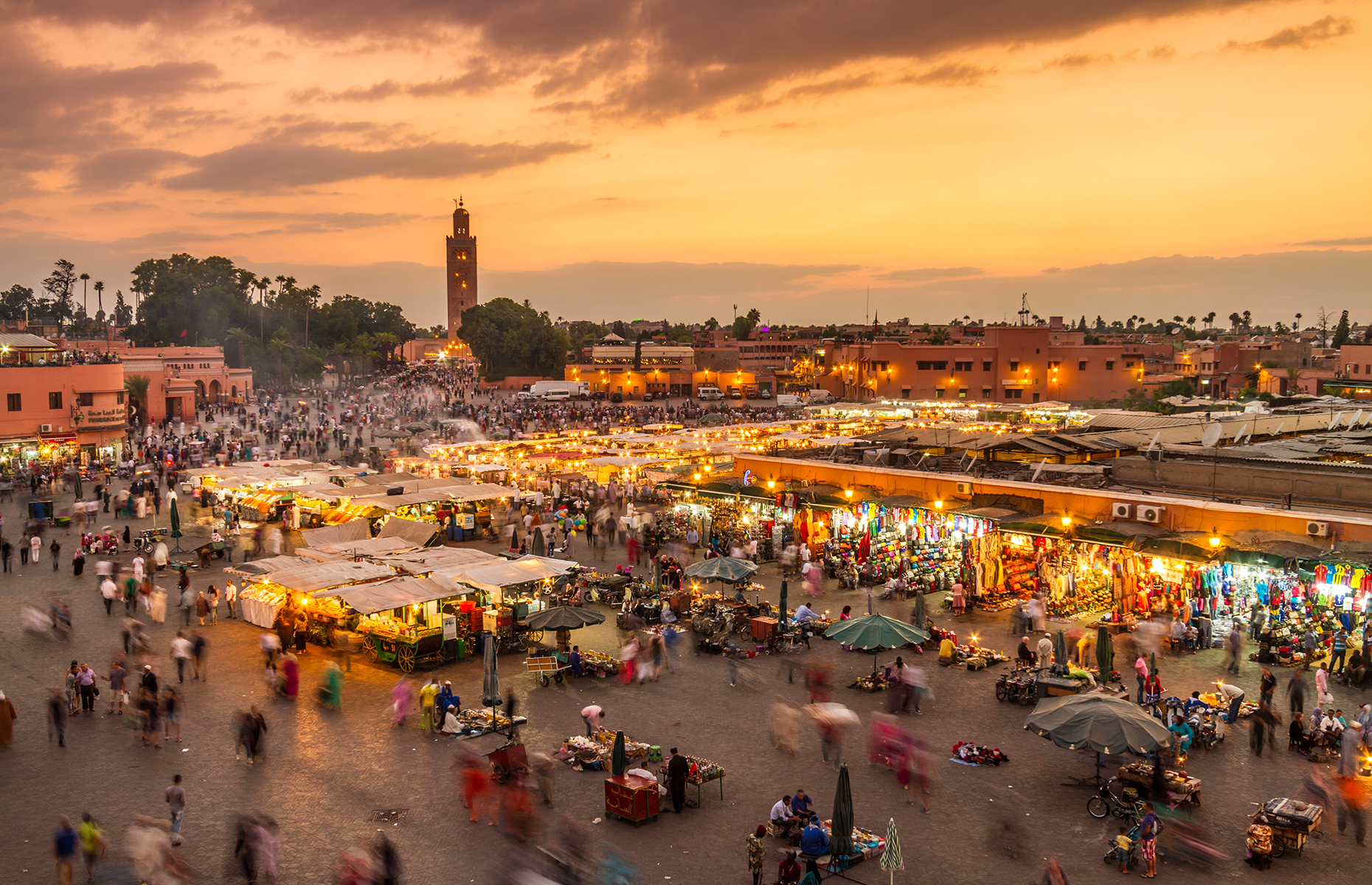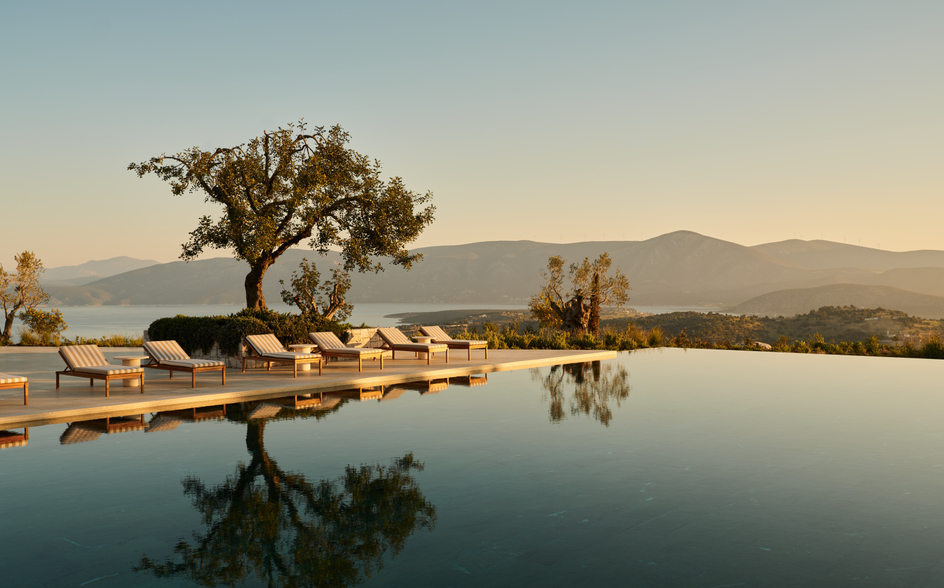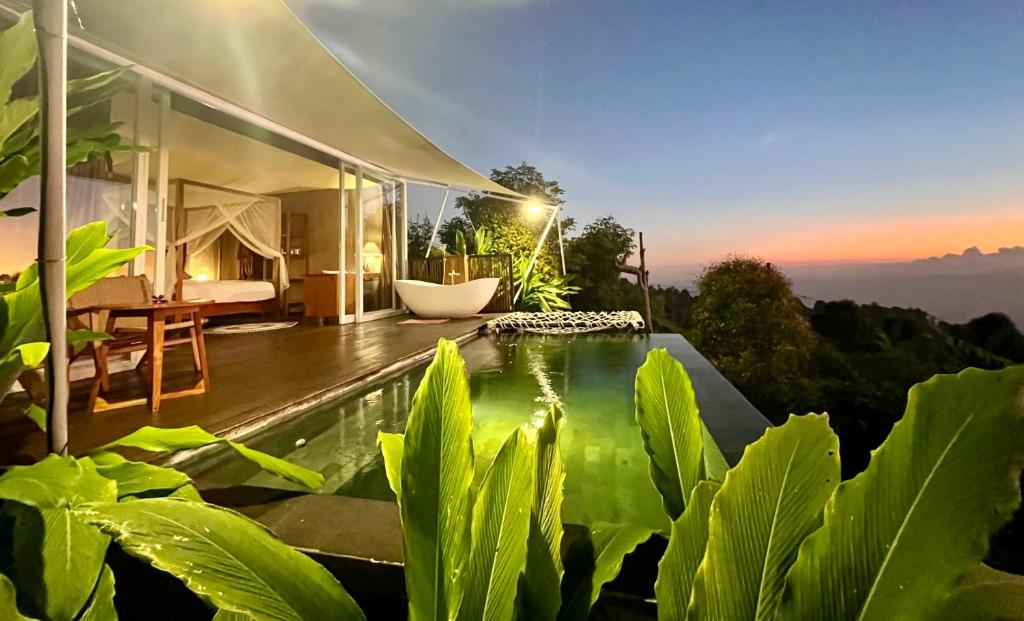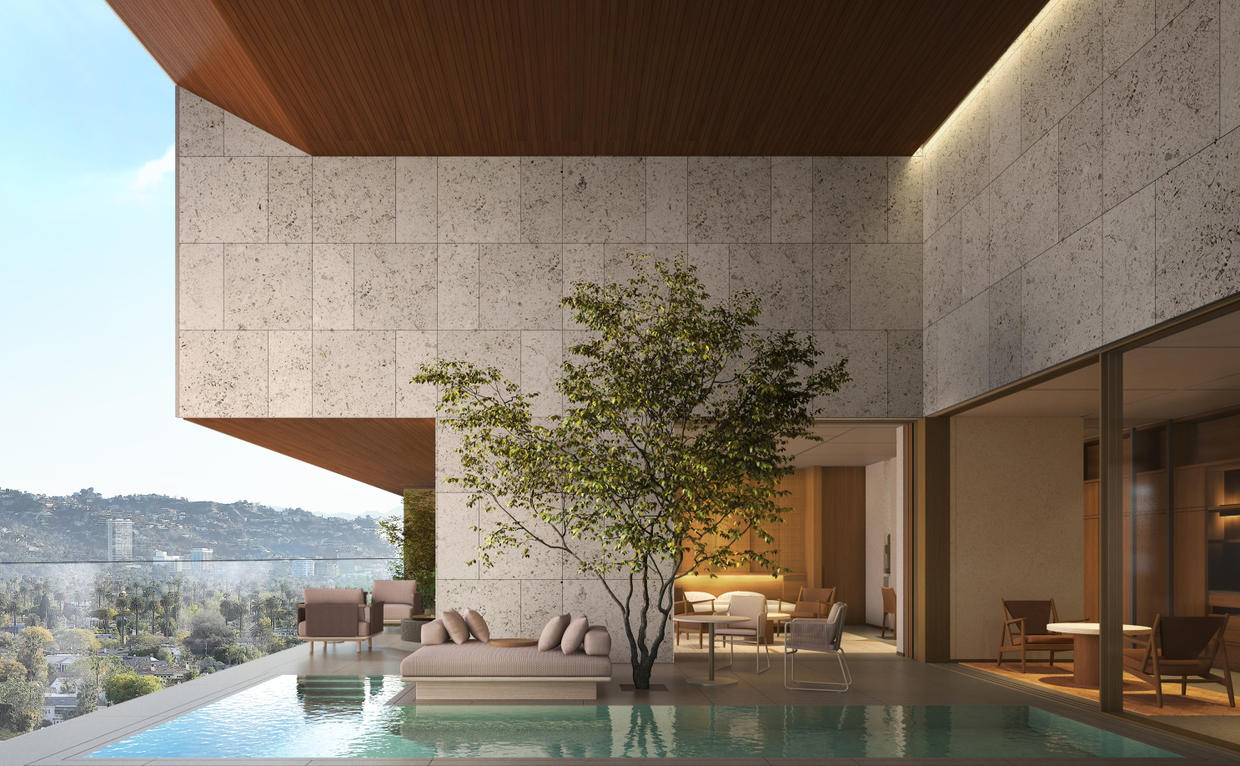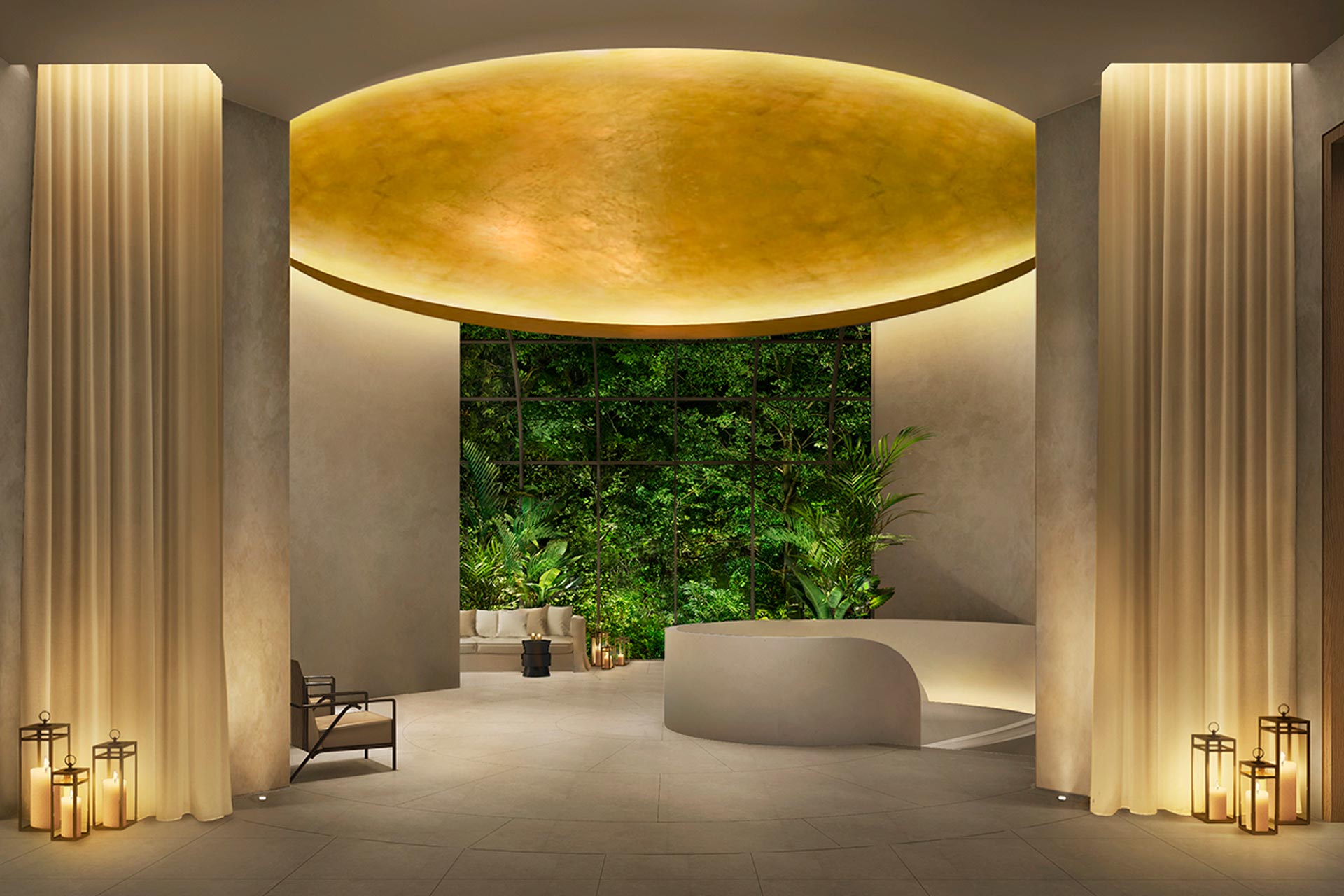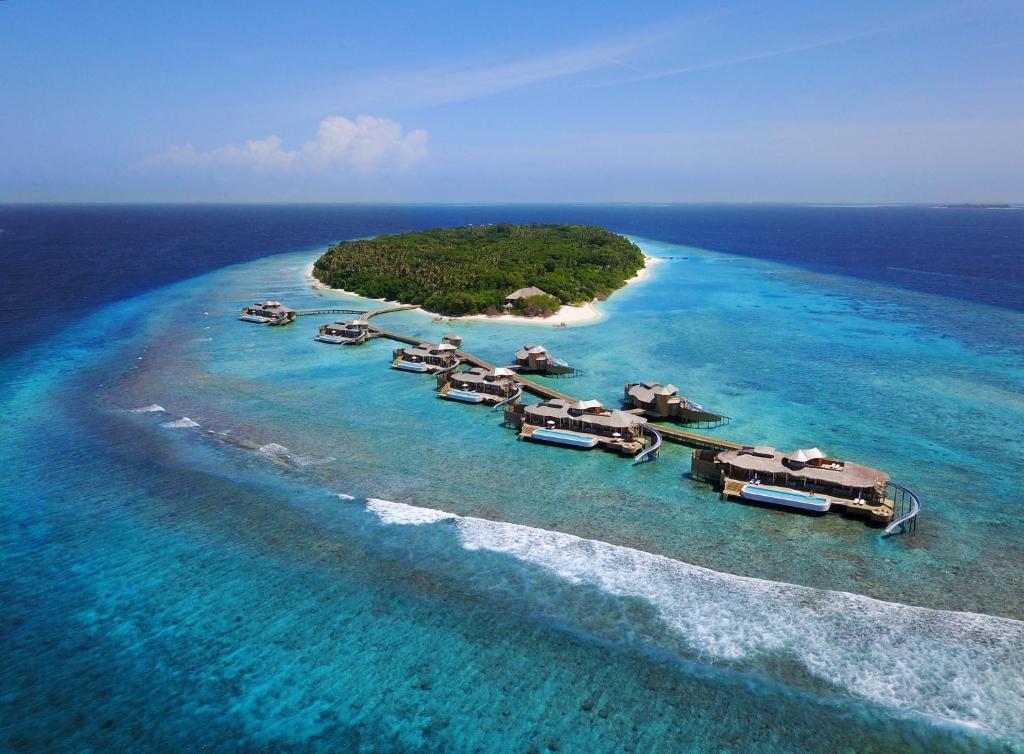The Middle East’s New Nightlife Icons: Hotels That Reshape Hospitality in Dubai, Doha, and Riyadh
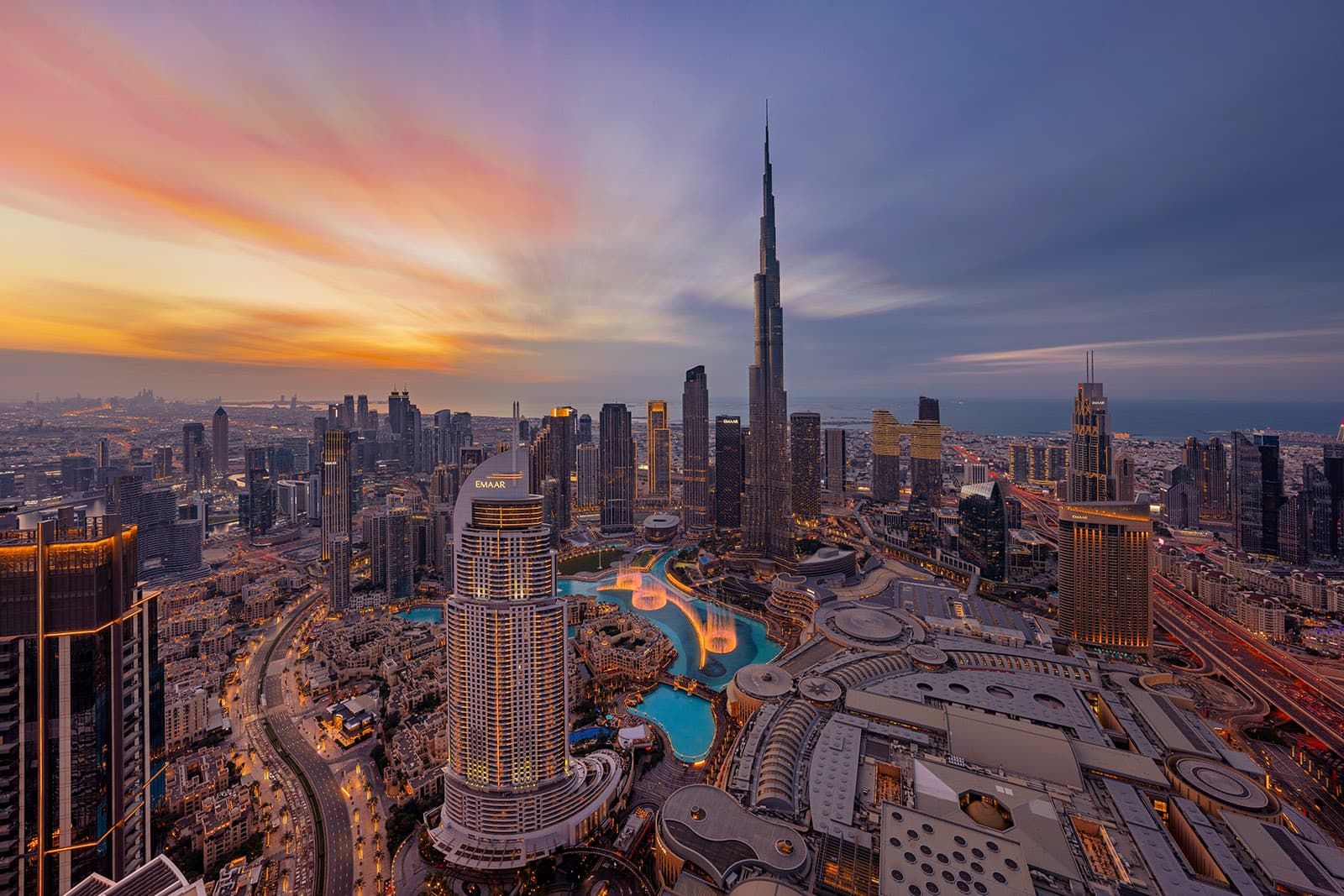
The Middle East has long been defined by architectural ambition and luxury hospitality.
In 2025, a new dimension has emerged: nightlife as a marker of global relevance.
Hotels in Dubai, Doha, and Riyadh are no longer sanctuaries of rest but epicenters of nocturnal culture,
reshaping hospitality through bars, lounges, and immersive experiences.
Dubai has established itself as the region’s undisputed nightlife leader, with hotel bars and lounges rivaling
those of New York, London, and Hong Kong. The city’s icons thrive on scale, theatricality, and spectacle.
“Here, nightlife is not an accessory but a lifestyle.”
Propelled by the momentum of the FIFA World Cup, Doha’s hotels now offer a fusion of cosmopolitan energy and Arab nuance.
Bars double as galleries, embedding Qatari and regional art into social spaces. Chefs and mixologists collaborate, creating menus that merge gastronomy with mixology. Lounges operate as salons where elites, artists, and tastemakers converge.
Riyadh reflects the most profound cultural transformation in the region. While aligned with tradition,
its hotels now host social spaces projecting unmistakable modernity.
The rise of nightlife in the Middle East is not a trend but a canon in formation.
Dubai offers grandeur, Doha curates intimacy, and Riyadh reframes tradition. Together, they redefine evenings in the region as
epic, culturally rooted, and globally resonant experiences.
Dubai: Spectacle as Lifestyle
Doha: Cultural Sophistication Meets Modern Energy
Art & Nightlife
Culinary Integration
Exclusive Communities
Riyadh: Tradition Reframed
Shared Characteristics of a Regional Movement

